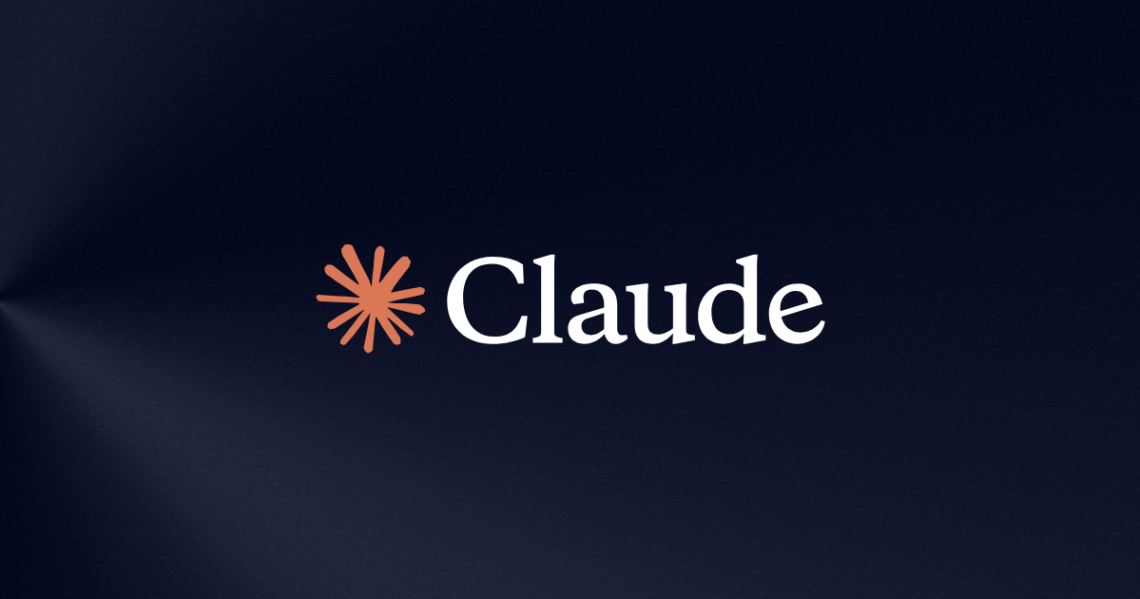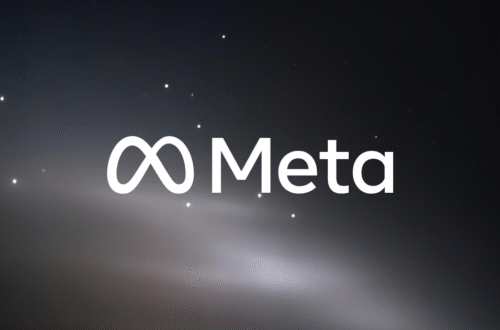The AI landscape is moving at a breakneck pace. Just as the community was digesting the implications of OpenAI’s impressively versatile GPT-4o, Anthropic has fired back with a formidable contender of its own. The release of Claude 3.5 Sonnet is not merely an incremental update; it’s a strategic move that sets a new benchmark for intelligence, speed, and cost-effectiveness, directly challenging GPT-4o for the title of the world’s most capable AI model.
What is Claude 3.5 Sonnet?
Claude 3.5 Sonnet is the first model in Anthropic’s next-generation Claude 3.5 family. While the “Sonnet” name typically signifies Anthropic’s mid-tier model, this new release shatters expectations. It delivers performance that surpasses even their previous top-tier model, Claude 3 Opus, but at a fraction of the cost and twice the speed. This makes it Anthropic’s new flagship, offering an unparalleled combination of intelligence and efficiency for a wide range of tasks, from complex reasoning and data analysis to sophisticated code generation.
Performance Benchmarks: Sonnet vs. GPT-4o
When it comes to performance, the numbers speak for themselves. Claude 3.5 Sonnet has set new industry standards across several key benchmarks, particularly in areas requiring advanced reasoning and coding skills. According to data released by Anthropic, the model demonstrates a significant leap forward.
- Coding Proficiency: In the HumanEval benchmark, which tests code generation, Claude 3.5 Sonnet achieves an impressive 92.0% score, outperforming GPT-4o’s 90.2%. This confirms its status as a premier tool for developers.
- Graduate-Level Reasoning: On the GPQA (Graduate-Level Reasoning) test, Sonnet 3.5 scores 59.4%, a noticeable improvement over the previous top model, Claude 3 Opus (50.4%), and ahead of competitors.
- Visual Reasoning: The model excels at visual tasks. It achieves state-of-the-art results on standard vision benchmarks like MathVista, making it highly capable of interpreting charts, graphs, and transcribing text from imperfect images.
- Speed and Cost: This is where Sonnet 3.5 truly shines for practical applications. It operates at twice the speed of Claude 3 Opus. Its pricing is set at $3 per million input tokens and $15 per million output tokens. This is significantly more affordable than Claude 3 Opus ($15 input, $75 output) and highly competitive with GPT-4o ($5 input, $15 output), making top-tier intelligence more accessible for businesses and developers.
Introducing ‘Artifacts’: A New Way to Interact
Perhaps the most exciting innovation accompanying Claude 3.5 Sonnet is a new feature called Artifacts. This feature transforms the user experience by creating a dynamic workspace right next to the conversational chat window. When a user asks Claude to generate content like code snippets, text documents, or website designs, these creations appear in the Artifacts window.
This is more than just a preview pane. It’s an interactive canvas where users can:
- View and test code snippets in real-time.
- See design mockups and provide immediate feedback.
- Edit generated content directly and watch as the model incorporates the changes.
This iterative process turns Claude from a simple chatbot into a powerful, collaborative environment, streamlining workflows for developers, designers, and content creators.
Practical Applications and Use Cases
The combination of enhanced intelligence and the Artifacts feature unlocks new possibilities across various domains.
- For Developers: Beyond just writing code, Sonnet 3.5 excels at updating legacy codebases, migrating between frameworks, and debugging complex issues. An internal Anthropic evaluation showed it could independently solve 64% of problems in a test suite, a massive jump from Claude 3 Opus’s 38%.
- For Data Analysts: The model’s powerful vision capabilities allow it to extract insights from unstructured data like charts and graphs, turning visual information into actionable intelligence.
- For Content Creators and Marketers: Its nuanced understanding of tone, humor, and complex instructions makes it ideal for drafting high-quality articles, scripts, and marketing copy with minimal revision.
Ethical Considerations and Safety
Anthropic continues to place a strong emphasis on responsible AI development. True to this commitment, Claude 3.5 Sonnet underwent rigorous safety evaluations before its release. As reported by outlets like TechCrunch, the model was tested by both the UK and US Artificial Intelligence Safety Institutes (AISI) for potential misuse and national security risks. This pre-deployment testing is becoming a best practice for ensuring that powerful AI systems are aligned with human values and safety standards.
The Verdict: Is GPT-4o Dethroned?
So, has Claude 3.5 Sonnet taken the crown from GPT-4o? The answer is nuanced. GPT-4o remains an incredibly powerful and versatile model, particularly with its deeply integrated native multimodality (voice, image, and video). However, Claude 3.5 Sonnet has decisively claimed leadership in key areas like coding, cost-performance, and user experience with its Artifacts feature.
Rather than a single winner, we are seeing a specialization at the top. For developers and businesses focused on text- and code-based tasks where speed and cost are critical, Claude 3.5 Sonnet is arguably the new king. The real winner, however, is the user, who now has access to more powerful, efficient, and affordable AI tools than ever before. The competition is fierce, and with Claude 3.5 Haiku and Opus models on the horizon, the pace of innovation shows no signs of slowing down.
Getting Started with Claude 3.5 Sonnet
You can experience the power of this new model today. Here are some resources to get you started:
- Web and iOS: Claude 3.5 Sonnet is available for free on Claude.ai and the Claude iOS app, with higher rate limits for Pro and Team subscribers.
- For Developers: The model is accessible via the Anthropic API.
- Cloud Platforms: It is also available on third-party platforms like Amazon Bedrock and Google Cloud’s Vertex AI.




